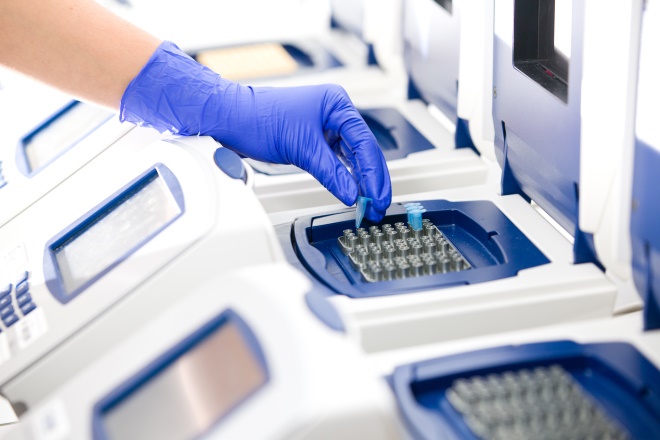
Shutterstock.com
Open access article
The Royal Pharmaceutical Society has made this article free to access in order to help healthcare professionals stay informed about an issue of national importance.
To learn more about coronavirus, please visit: https://www.rpharms.com/resources/pharmacy-guides/wuhan-novel-coronavirus

Source: Shutterstock.com
Confirmation of current SARS-CoV 2 infection relies on detection of viral DNA after polymerase chain reaction testing
The estimated death rate from COVID-19 is 0.66% when unconfirmed cases are taken into account, research published in Lancet Infectious Diseases (30 March 2020) suggests[1]
.
The team studied data on 70,117 confirmed COVID-19 cases in China, as well as 689 international residents of Wuhan, China, who were repatriated to their home countries and tested for the virus by polymerase chain reaction.
The overall fatality ratio for confirmed cases in China was 1.38% (95% confidence interval [CI]) 1.23–1.53%), with substantially higher ratios in older age groups: up to 13.4% in those aged 80 years or older (95% CI 11.2–15.9%).
Among the repatriated group, 6 (0.87%) of the 689 people were infected with COVID-19. By combining this information with case fatality ratios across age groups in China, and adjusting for undiagnosed and unconfirmed cases, the researchers estimated the infection fatality ratio to be 0.66%.
The researchers explained that their estimated overall case fatality ratio was lower than the crude case fatality ratio for China (3.67%) and other estimates in the literature because they accounted for bias in detection across age groups, as younger patients typically exhibit milder symptoms.
“Our estimates of the underlying infection fatality ratio of this virus will inform assessments of health effects likely to be experienced in different countries, and thus decisions around appropriate mitigation policies to be adopted,” the team concluded.
References
[1] Verity R, Okell L, Dorigatti I et al. Lancet Infect Dis 2020; In press. doi: 10.1016/ S1473-3099(20)30243-7


